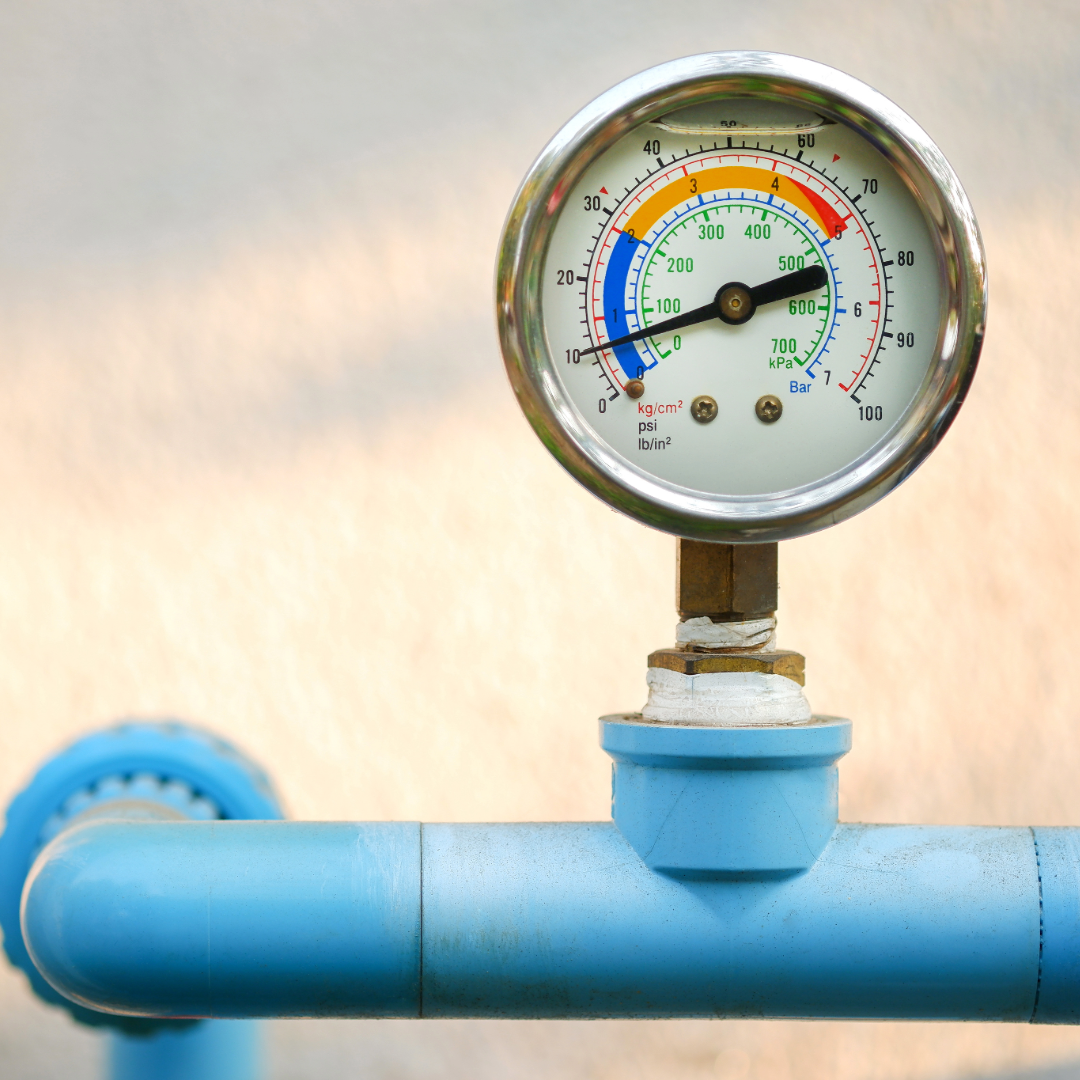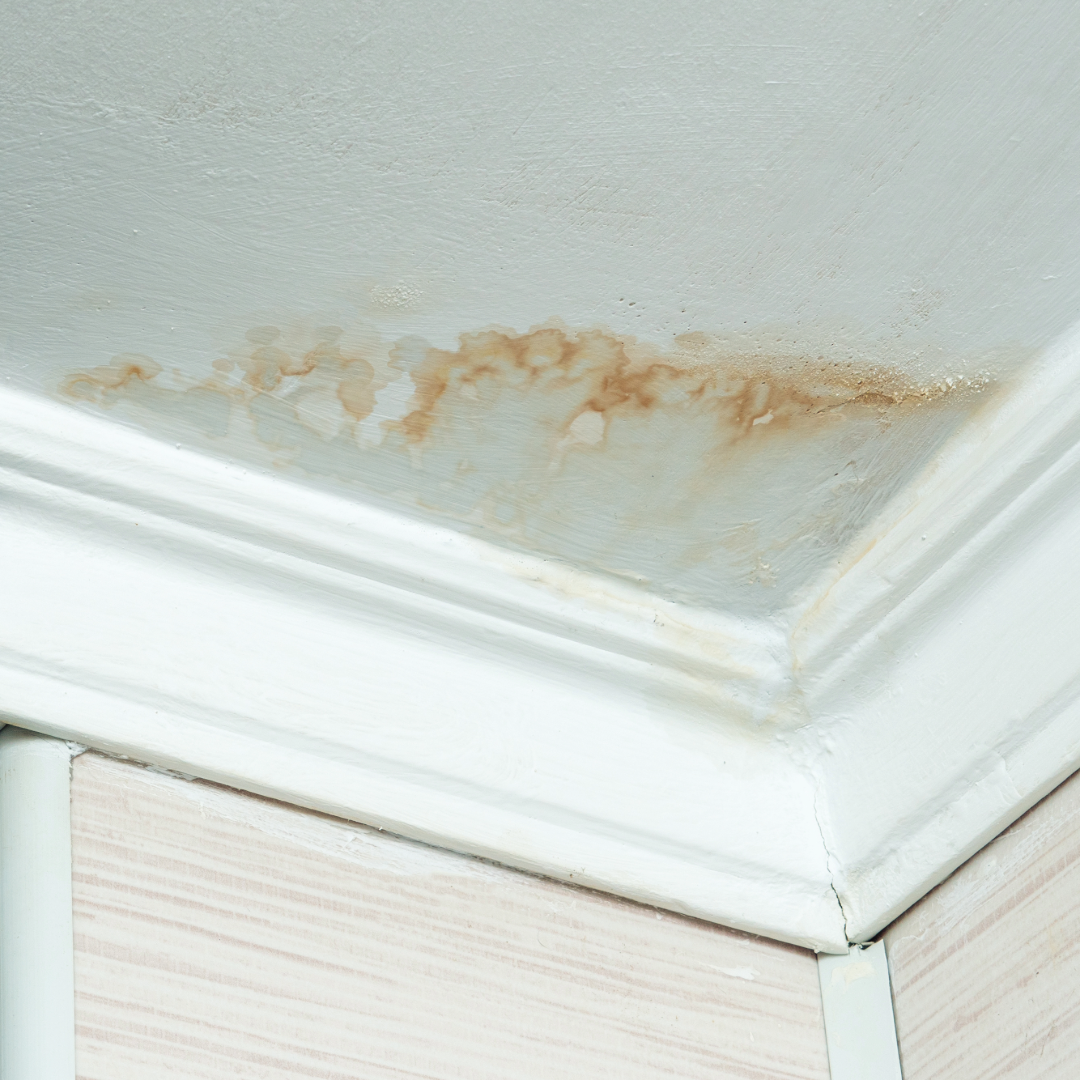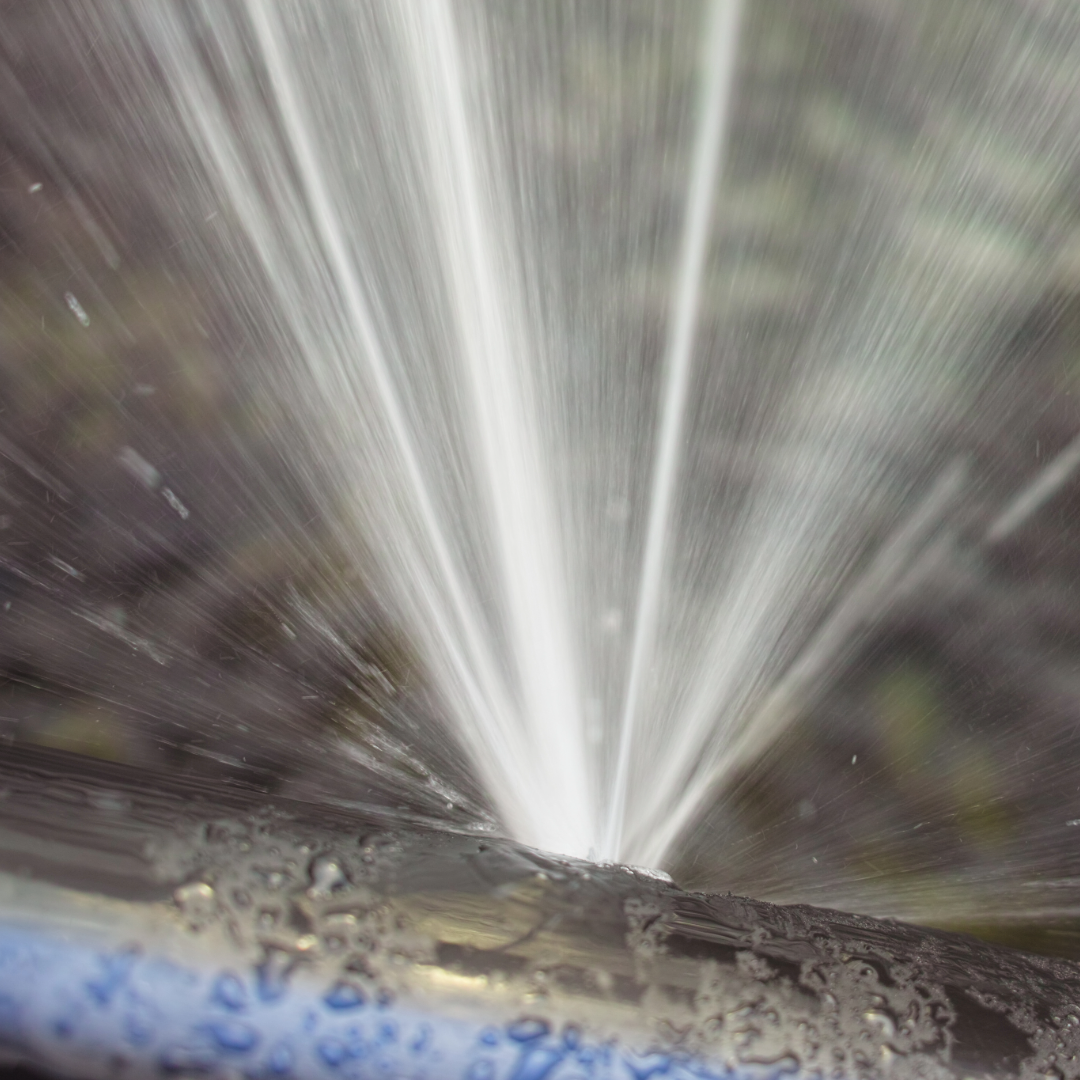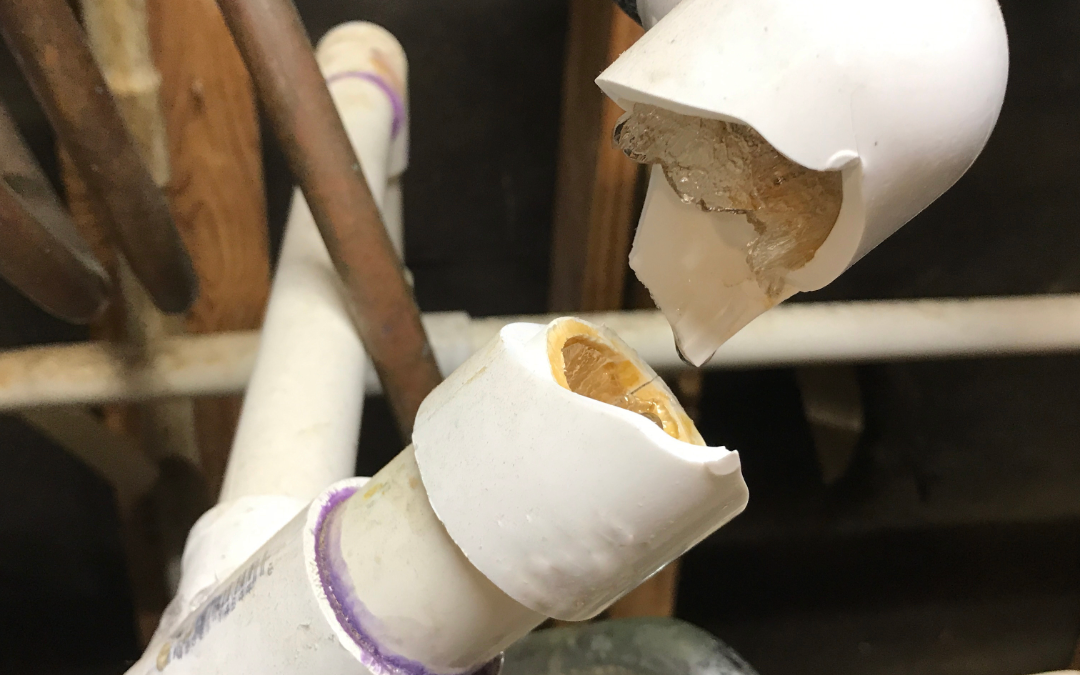Pipe Burst Prevention is Important
A burst pipe is one of the most stressful plumbing emergencies homeowners can face, often leading to water damage, costly repairs, and major disruptions. Fortunately, pipes rarely burst without warning. By recognizing the early signs, you can take action before a minor issue becomes a major disaster. Here are the top warning signs that your pipes may be about to burst—and what you can do to prevent it. Pipe burst prevention can save homeowners thousands of dollars, watch for the signs.
Unusual Noises from Your Pipes
What to Listen For
- Banging or clanging noises, known as “water hammer,” occur when water flow is abruptly stopped, causing pressure shockwaves inside the pipes.
- Whistling or hissing sounds can indicate restricted water flow or a small leak under high pressure.
What to Do
- Check for Loose Pipes: Secure any visible, loose pipes to reduce movement and noise.
- Install a Water Hammer Arrestor: This device absorbs shockwaves and can be easily installed by a plumber.
- Call a Professional: Persistent noises may indicate deeper issues with pressure regulation or weak pipe sections.
Fluctuating or Low Water Pressure

What to Watch For
- Sudden drops in water pressure, especially when using multiple fixtures.
- Inconsistent flow that alternates between normal and weak pressure.
What to Do
- Check for Leaks: Inspect visible pipes and fixtures for drips or damp spots.
- Clean Fixtures: Mineral buildup from Calgary’s hard water can block faucets or showerheads. Soak them in vinegar to clear clogs.
- Call a Plumber: If pressure remains low, it could be a sign of an impending burst due to weakened pipes or hidden leaks.
Discolored or Rusty Water
What to Look For
- Water that appears brown, red, or yellow when you turn on your taps.
- Discoloration is often caused by rust from corroded pipes.
What to Do
- Flush Your System: Run the water for several minutes to see if it clears.
- Inspect for Corrosion: Check exposed pipes for signs of rust or corrosion.
- Replace Old Pipes: Homes with older galvanized steel pipes may need an upgrade to modern materials like copper or PEX to prevent bursts.
Persistent Leaks
What to Look For
- Small, recurring leaks around joints or fittings.
- Damp spots on walls, ceilings, or floors without a clear source.
What to Do
- Address Leaks Promptly: Even minor leaks weaken pipe integrity over time.
- Monitor for Changes: If the leak worsens or spreads, shut off your water supply and call a plumber immediately.
- Preventative Maintenance: Regular inspections can catch leaks before they become catastrophic.
Bulging or Discolored Walls and Ceilings

What to Look For
- Swollen or discolored drywall, indicating moisture buildup behind walls.
- Warped flooring or bubbling paint.
What to Do
- Turn Off the Water Supply: If you notice bulging walls or ceilings, shut off your main water valve to prevent further damage.
- Call a Plumber: Immediate action is essential to locate and fix the problem before the pipe bursts.
- Dry and Repair: Address any water damage promptly to prevent mold growth.
Extremely Cold Pipes
What to Look For
- Pipes that feel unusually cold or have frost on them, especially during Calgary’s harsh winters.
- No water flow from taps during freezing temperatures.
What to Do
- Insulate Pipes: Use pipe insulation or heat tape to protect exposed pipes from freezing.
- Drip Faucets: Allow a small trickle of water to flow during extreme cold to prevent freezing.
- Thaw Safely: If a pipe freezes, use a hairdryer or space heater to thaw it gradually, but avoid open flames.
Unexplained High Water Bills
What to Look For
- A sudden spike in your water bill without an increase in usage.
- This could indicate a hidden leak or a pipe on the verge of bursting.
What to Do
- Inspect for Leaks: Check all fixtures, appliances, and visible pipes.
- Monitor the Water Meter: If it continues to move with all fixtures off, there’s likely a hidden leak.
- Contact a Plumber: A professional can use specialized equipment to find and repair hidden leaks before they cause significant damage.
What to Do If a Pipe Bursts

-
If a pipe bursts, quick action can minimize damage:
- Shut Off the Water: Immediately turn off the main water valve.
- Turn Off Electricity (If Necessary): If water is near electrical outlets or appliances, cut the power to avoid electrical hazards.
- Drain the System: Open all faucets to drain remaining water and reduce pressure.
- Call a Plumber: Emergency plumbing services can assess the damage and perform repairs quickly.
- Document the Damage: Take photos for insurance purposes and begin drying out the affected area.
Preventative Measures to Avoid Burst Pipes
Pipe burst prevention is a topic that should be top of mind when the seasons are changing because of how unforgiving water damage can be.
- Regular Inspections: Schedule annual plumbing inspections to catch potential issues early.
- Winterize Your Home: Prepare your plumbing system for Calgary’s freezing temperatures by insulating pipes and shutting off outdoor water sources.
- Upgrade Old Pipes: Consider replacing aging pipes with more durable, modern materials.
When to Call a Professional in Calgary
- At Efficient Plumbing, we’re here to help Calgary homeowners prevent and manage plumbing emergencies. Whether you need preventative maintenance or emergency repairs, our experienced plumbers can keep your home safe from costly water damage.
Contact us today for a consultation or emergency assistance!

